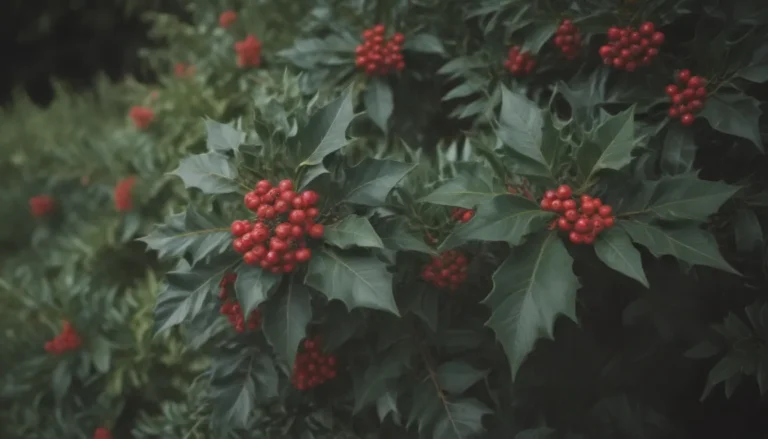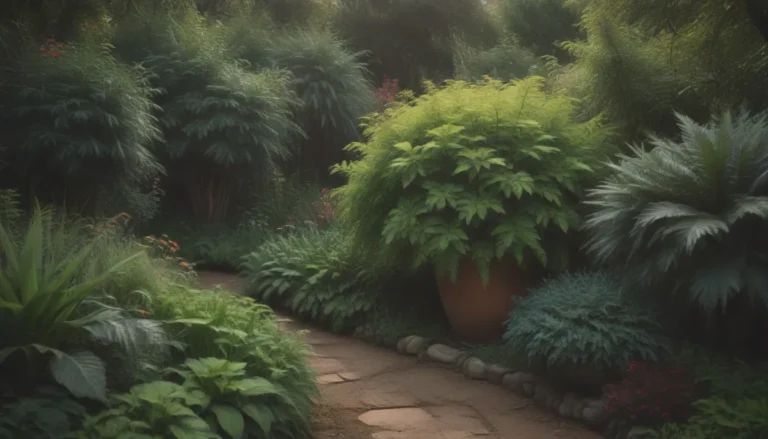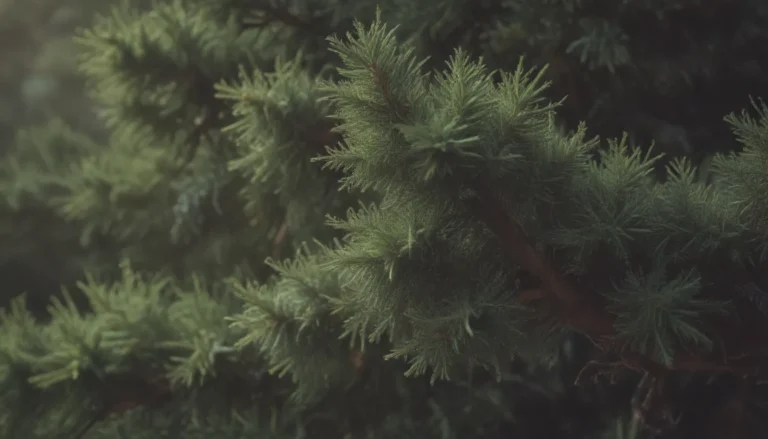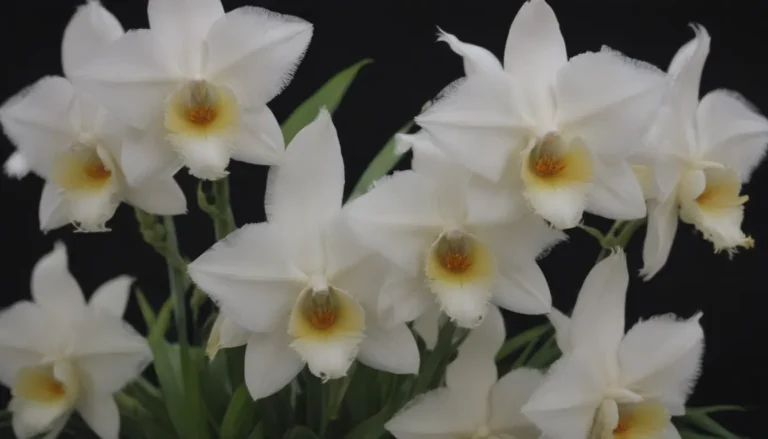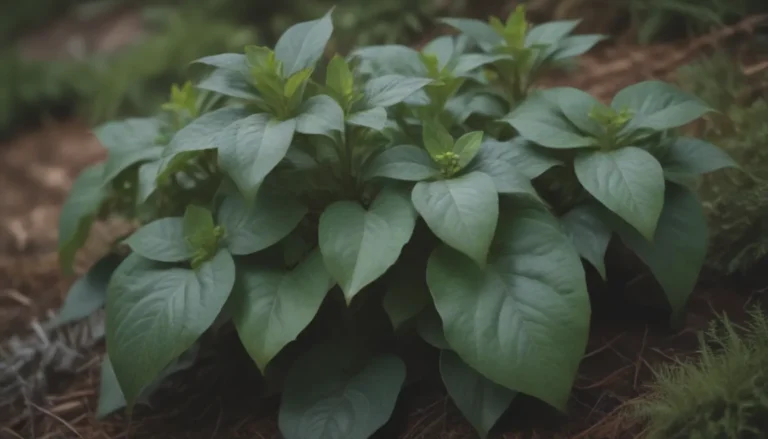Everything You Need to Know About Pilea Microphylla: A Comprehensive Guide
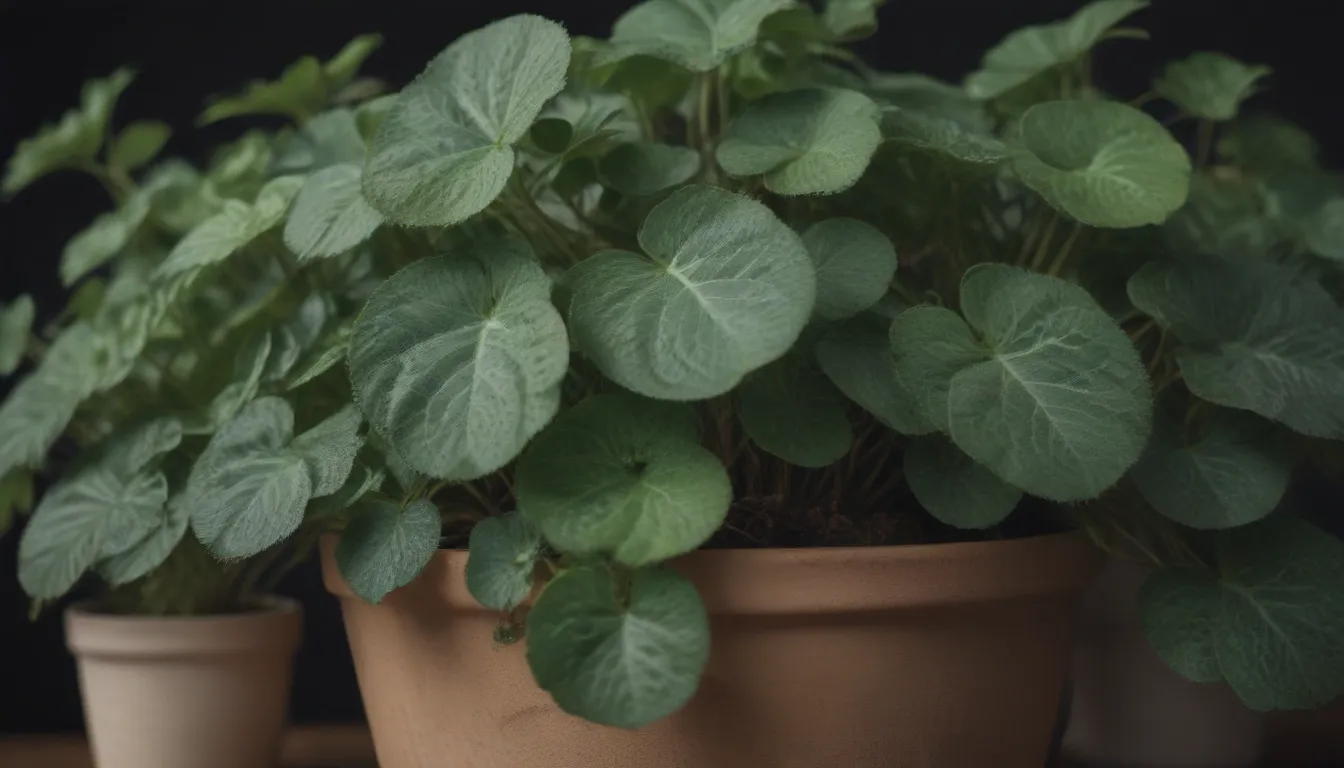
Are you intrigued by the charming and unique artillery plant, also known as Pilea microphylla? If so, you’ve come to the right place! This delightful plant is a favorite among plant enthusiasts due to its fern-like appearance and low-maintenance care requirements. In this detailed guide, we will explore everything you need to know about caring for Pilea microphylla, including its different varieties, propagation methods, common problems, and more.
Introduction to Pilea Microphylla
Pilea microphylla is an annual or short-lived perennial plant that is characterized by its numerous pairs of small, fleshy green leaves. While the plant may produce tiny green flowers during the growing season, they are not very showy. However, they do release a burst of yellow pollen, earning the plant its unique nickname, the artillery plant. Pilea microphylla thrives in warm conditions and requires bright, indirect light, along with moist but well-draining soil.
Pilea Microphylla Care Tips
Here are some essential care tips to help your Pilea microphylla thrive:
Light:
- Provide your Pilea microphylla with bright, indirect light.
- Avoid exposing the plant to direct sunlight, as it can be harmful.
Soil:
- Plant your artillery plant in loose, well-draining soil.
- Ensure the soil is nutrient-rich to support the plant’s fast growth.
Water:
- Water your Pilea microphylla regularly, especially during hot, dry weather.
- Allow the top two inches of soil to dry out before watering again to prevent overwatering.
Temperature and Humidity:
- Pilea microphylla thrives in warm, humid conditions.
- Ideally, the plant should be kept in an environment with temperatures between 65 and 85 degrees.
Fertilizer:
- Due to its fast growth habit, Pilea microphylla may require occasional fertilization.
- Consider using organic compost or a well-balanced liquid fertilizer every 2 to 4 weeks during the growing season.
Types of Pilea Microphylla
Pilea microphylla offers a variety of cultivars, each with its own unique characteristics. One popular cultivar is P. microphylla ‘Variegata’, which features green-and-white variegated foliage. This variety requires similar care to the standard green Pilea microphylla but displays stunning color changes in bright light.
Propagating Pilea Microphylla
If you’re interested in expanding your collection of Pilea microphylla, propagation is a great way to do so. Here are two common methods for propagating your artillery plant:
Propagation by Stem Cuttings:
- Take a stem cutting from your Pilea microphylla plant.
- Place the cutting in water or moist soil to encourage root growth.
Propagation by Root Division:
- Carefully divide the roots of a mature Pilea microphylla plant.
- Replant the divided sections in separate containers to allow for new growth.
Common Problems and Solutions
While Pilea microphylla is generally easy to care for, it can still face a few challenges. Here are some common problems you may encounter with your artillery plant and how to address them:
Leaves Turning Yellow:
- Yellowing leaves are often a sign of overwatering or insufficient light.
- Adjust your watering schedule and ensure the plant receives adequate sunlight to promote healthy growth.
Browning Tips:
- Brown tips on the leaves may indicate root rot due to overwatering.
- Carefully remove any affected roots, improve soil drainage, and replant the Pilea microphylla in fresh soil.
Additional Plant Information
- Pilea microphylla is not a succulent but has fleshy leaves similar in structure to succulents.
- This plant has a tendency to spread through self-seeding but is not considered invasive in the United States.
- Unlike stinging nettle, a plant from the same family, Pilea microphylla is non-toxic to pets.
- References: CABI, UC Davis Poisonous Plants Database.
In conclusion, Pilea microphylla is a delightful plant that can brighten up any indoor or outdoor space with its unique foliage. By following the care tips outlined in this guide, you can ensure that your artillery plant thrives and remains healthy. Whether you’re a seasoned plant enthusiast or just starting your gardening journey, Pilea microphylla is a fantastic addition to any plant collection. So go ahead, get yourself a Pilea microphylla, and enjoy the beauty it brings to your home!
